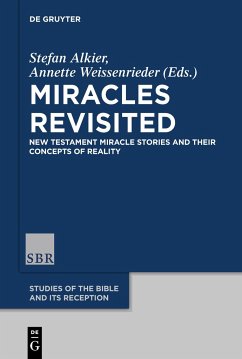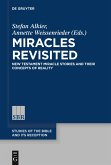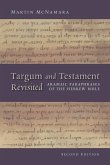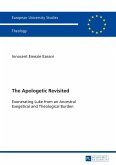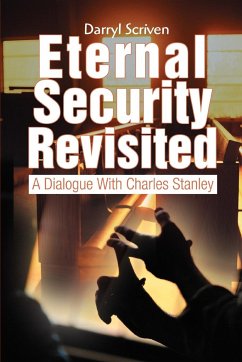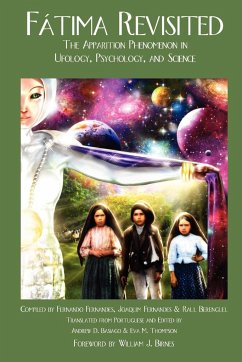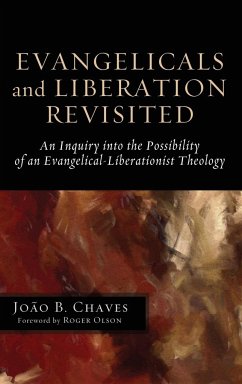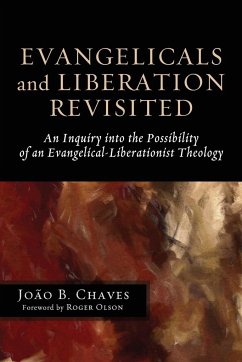Since David Hume, the interpretation of miracle stories has been dominated in the West by the binary distinction of fact vs. fiction. The form-critical method added another restriction to the interpretation of miracles by neglecting the context of its macrotexts. Last but not least the hermeneutics of demythologizing was interested in the self-understanding of individuals and not in political perspectives.
The book revisits miracle stories with regard to these dimensions: 1. It demands to connect the interpretation of Miracle Stories to concepts of reality. 2. It criticizes the restrictions of the form critical method. 3. It emphasizes the political implications of Miracle Stories and their interpretations.
Even the latest research accepts this modern opposition of fact and fiction as self-evident. This book will examine critically these concepts of reality with interpretations of miracles. The book will address how concepts of reality, always complex, came to expression in stories of miraculous healings and their reception in medicine, art, literature, theology and philosophy, from classic antiquity to the Middle Ages. Only through such bygone concepts, contemporary interpretations of ancient healings can gain plausibility.
The book revisits miracle stories with regard to these dimensions: 1. It demands to connect the interpretation of Miracle Stories to concepts of reality. 2. It criticizes the restrictions of the form critical method. 3. It emphasizes the political implications of Miracle Stories and their interpretations.
Even the latest research accepts this modern opposition of fact and fiction as self-evident. This book will examine critically these concepts of reality with interpretations of miracles. The book will address how concepts of reality, always complex, came to expression in stories of miraculous healings and their reception in medicine, art, literature, theology and philosophy, from classic antiquity to the Middle Ages. Only through such bygone concepts, contemporary interpretations of ancient healings can gain plausibility.

